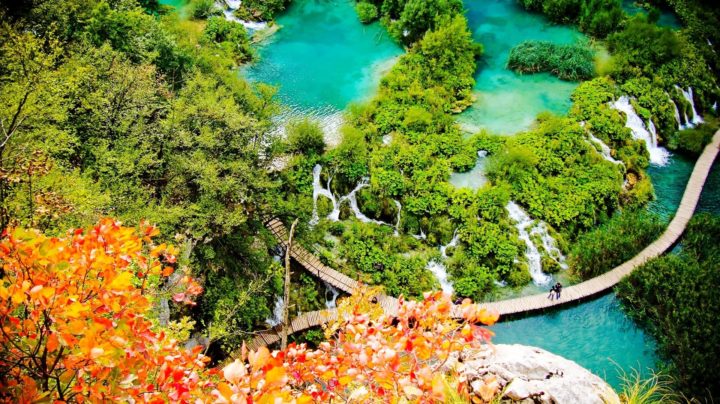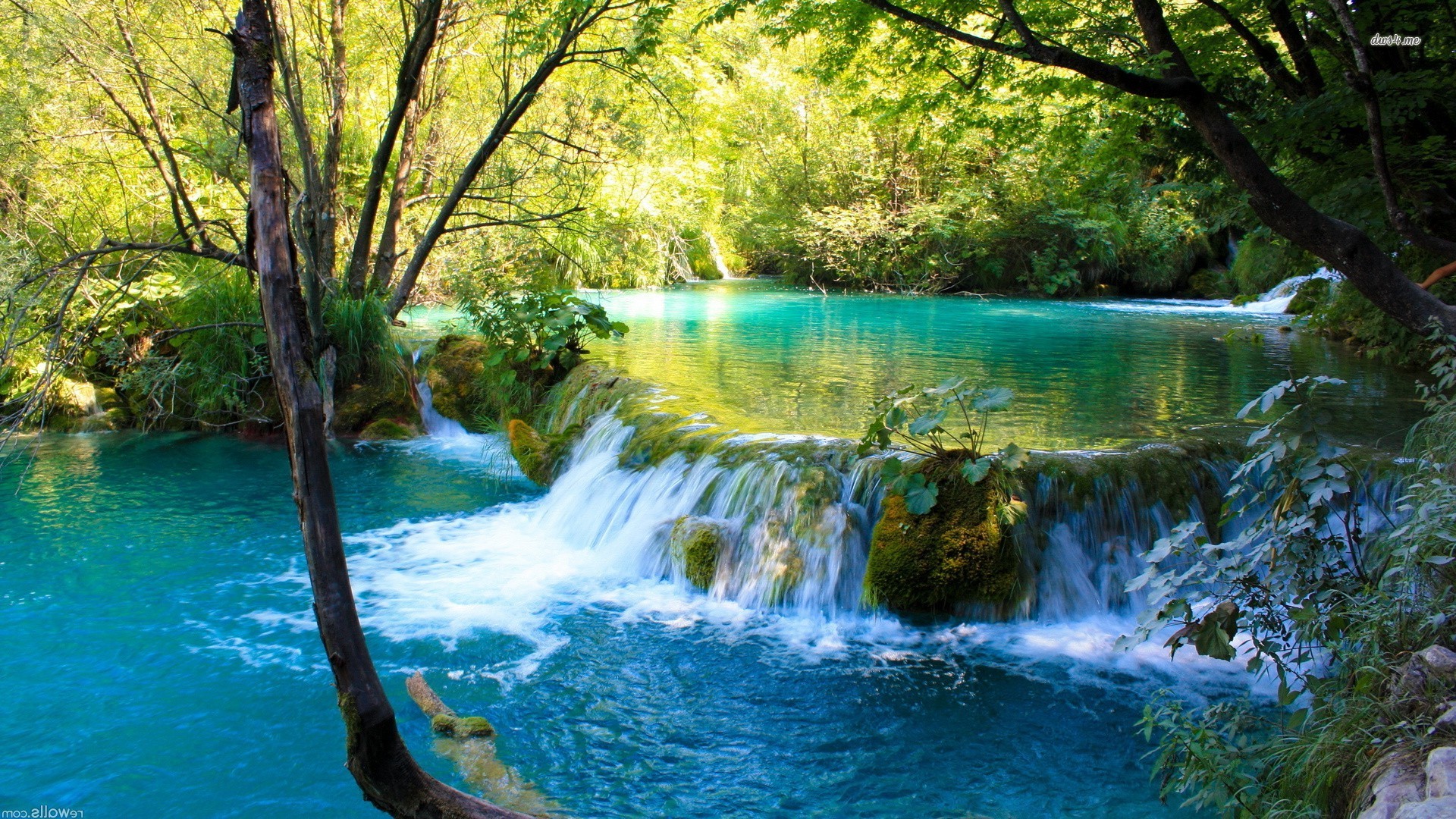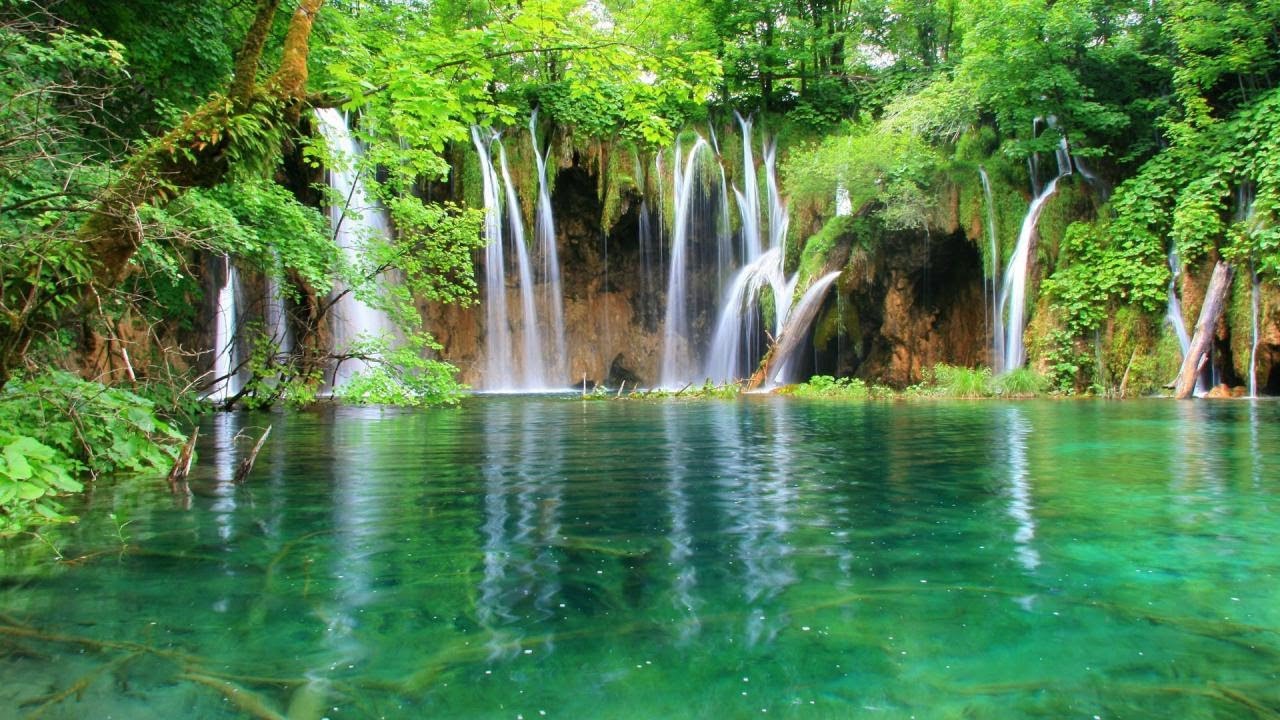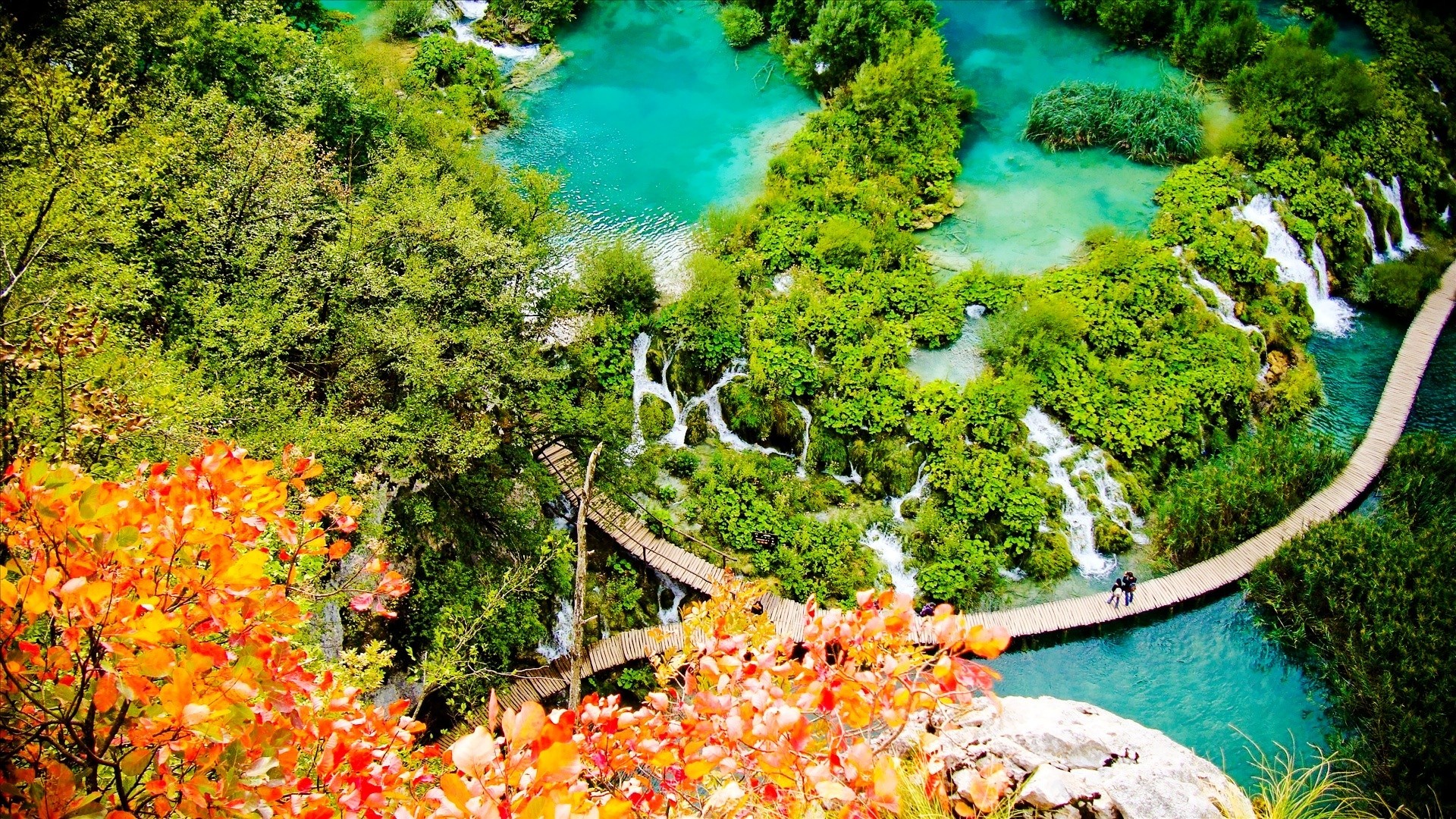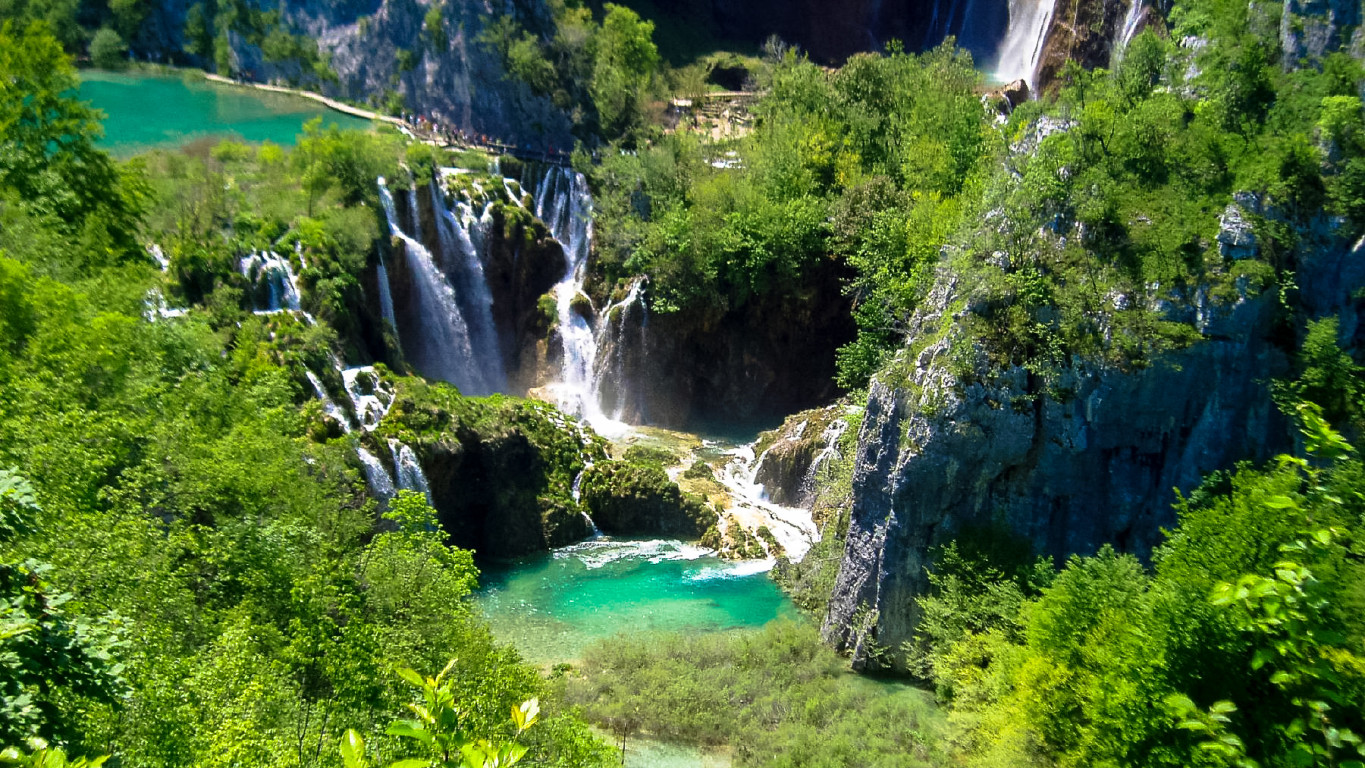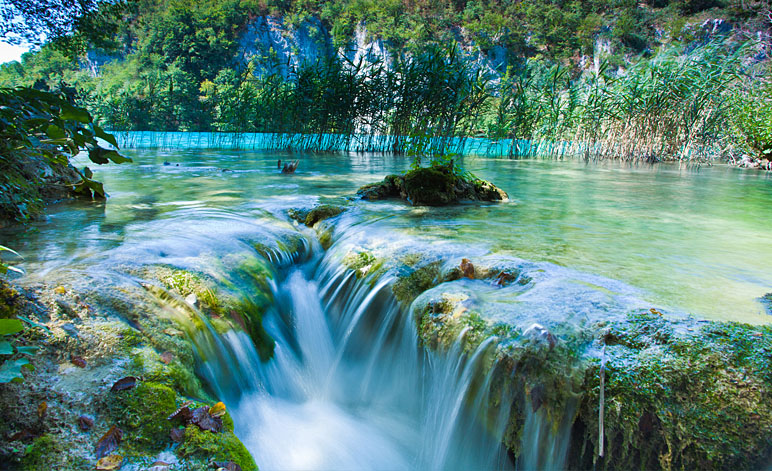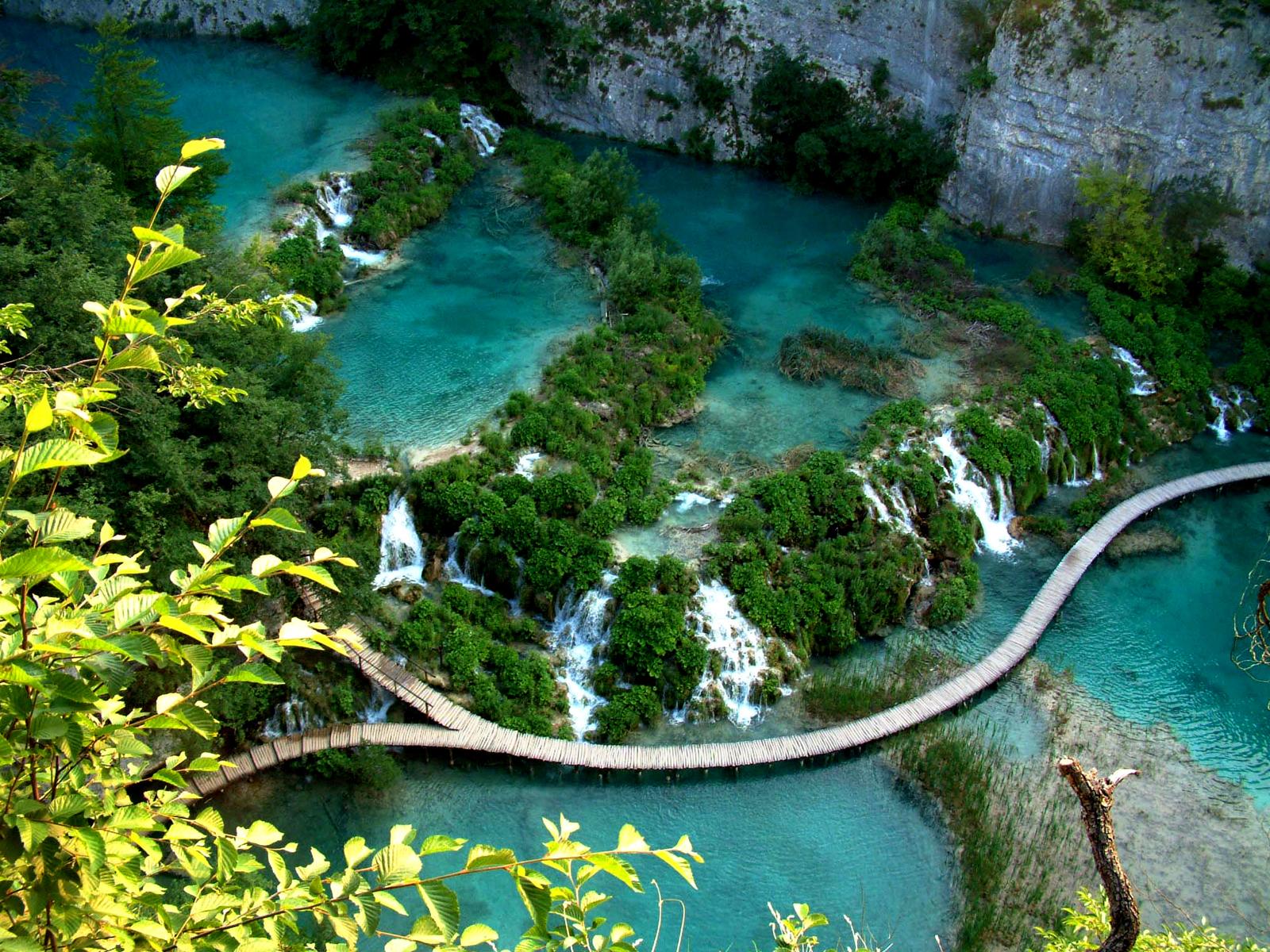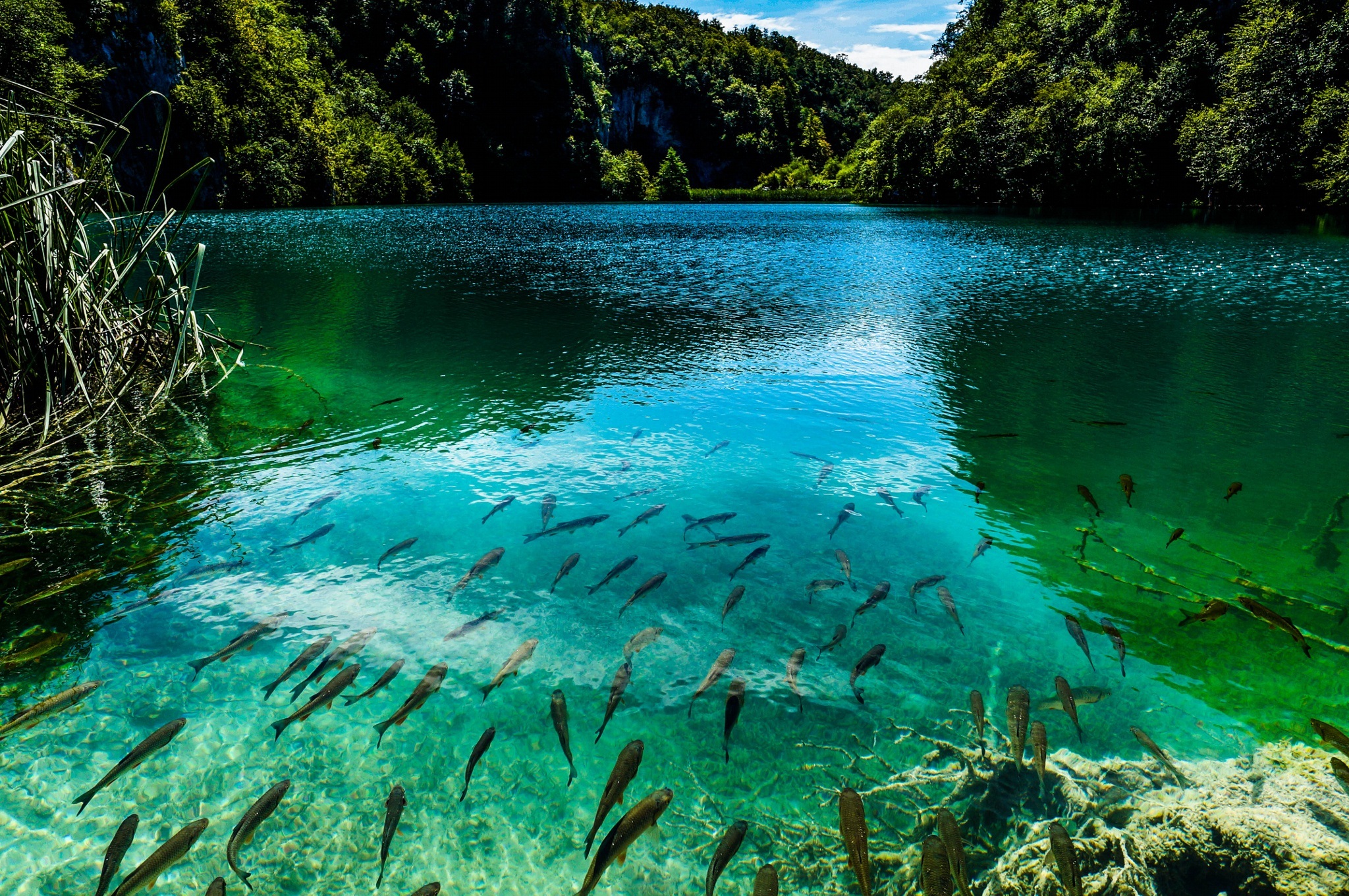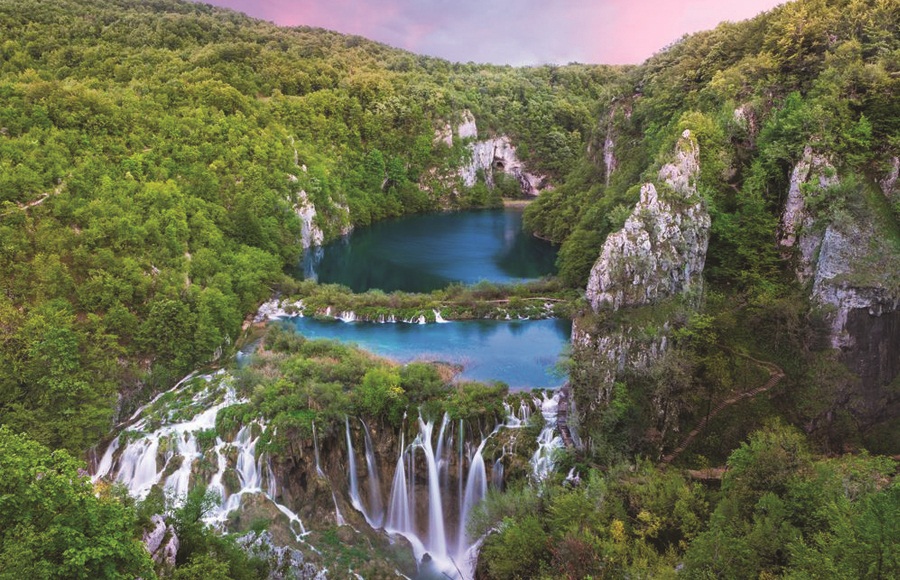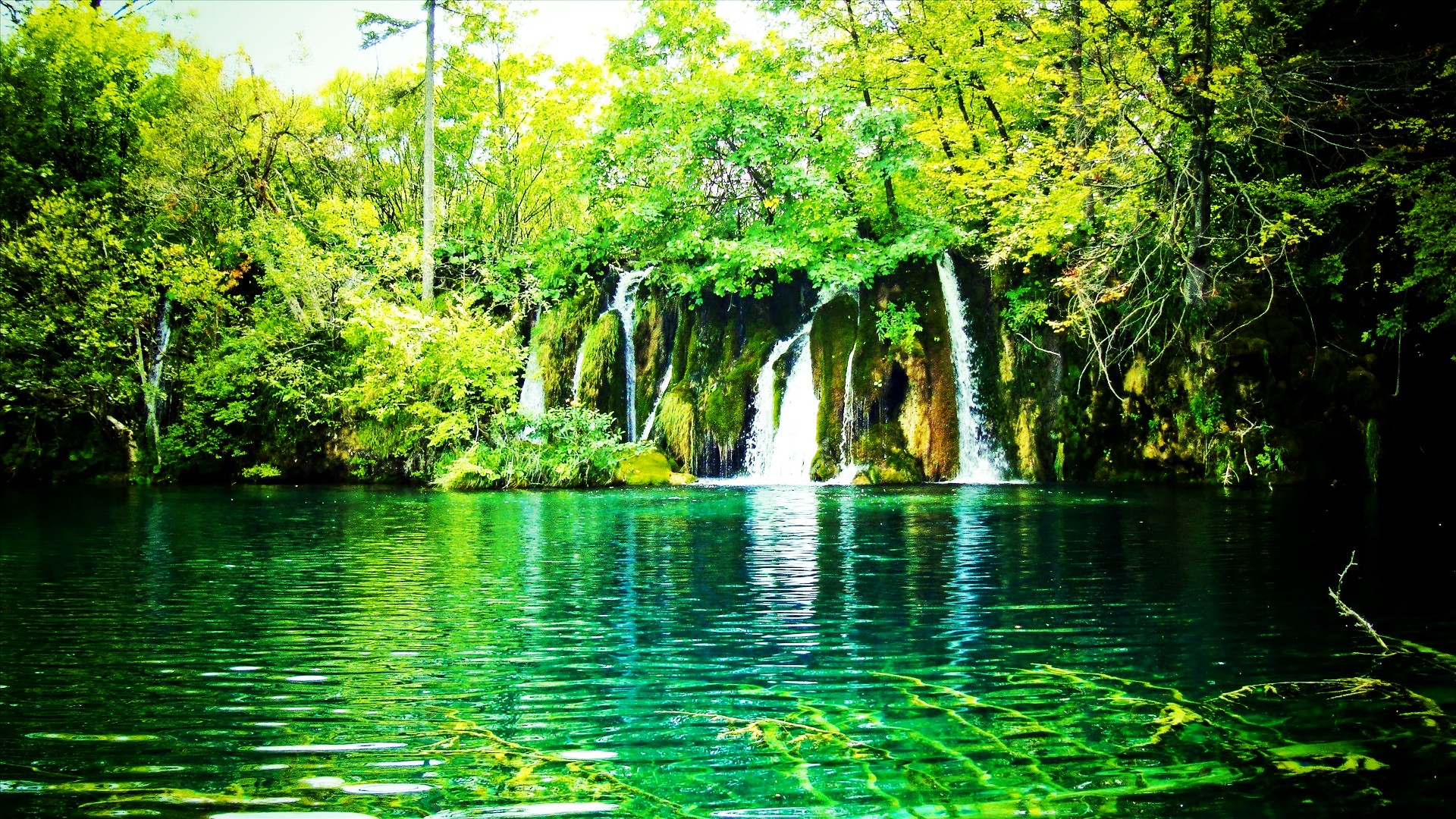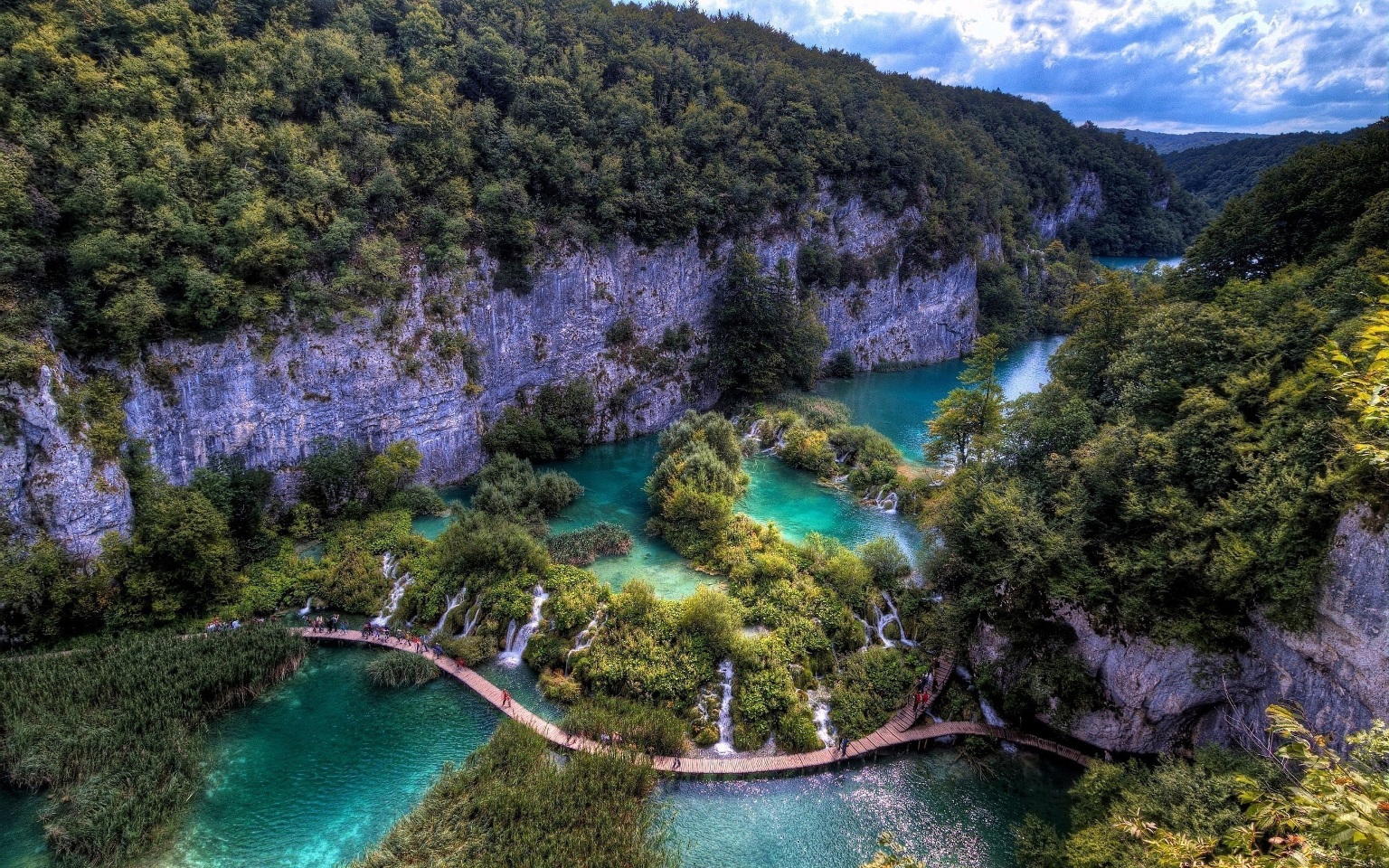Plitvice Lakes is a UNESCO World Heritage Site in Croatia which became part of Nacionalni Park Plitvicka Jezera. According to Wikipedia, this place is the oldest national park in Southeast Europe and the largest national park in Croatia.
Reported by Lonely planet, the Plitvice Lakes is famous for its lake scenery that clear and beautiful, turquoise-colored stones which flowed a series of small waterfalls. When viewed from the actual surface, the lake itself consists of 16 lakes that look together. These lakes are gathering some small rivers and underground streams. The sixteen lakes are separated by a kind of dam that formed naturally from the deposition of dead plants, moss, algae, and bacteria.
This national park was established in 1949 and is located in the karst mountains that mark the border of Croatia and Bosnia-Herzegovina. The area around the Plitvice Lakes functioned as a protected area that stretches an area of 73 350 hectares). In it live bears, wolves, deer, wild boar, rabbits, foxes and badgers. There are more than 120 species of birds also depend on the viability of the Plitvice Lakes National Park ecosystem. That’s why the government imposed strict rules for visitors to not throw trash, take out and damaging the national park sites.
The area around the national park, it is now developing into a tourism area. There are hundreds of hotels are ready to accommodate the local and foreign tourists. But the area of the national park where the Plitvice Lakes were still left in its original condition. Although infrastructure in the inside of the park is not very adequate (as the government tried to keep the authenticity of the site), but this place managed to attract 1.2 million tourists annually. The national park, which gained its title as a World Heritage Site in 1979 is even already famous around the world.
